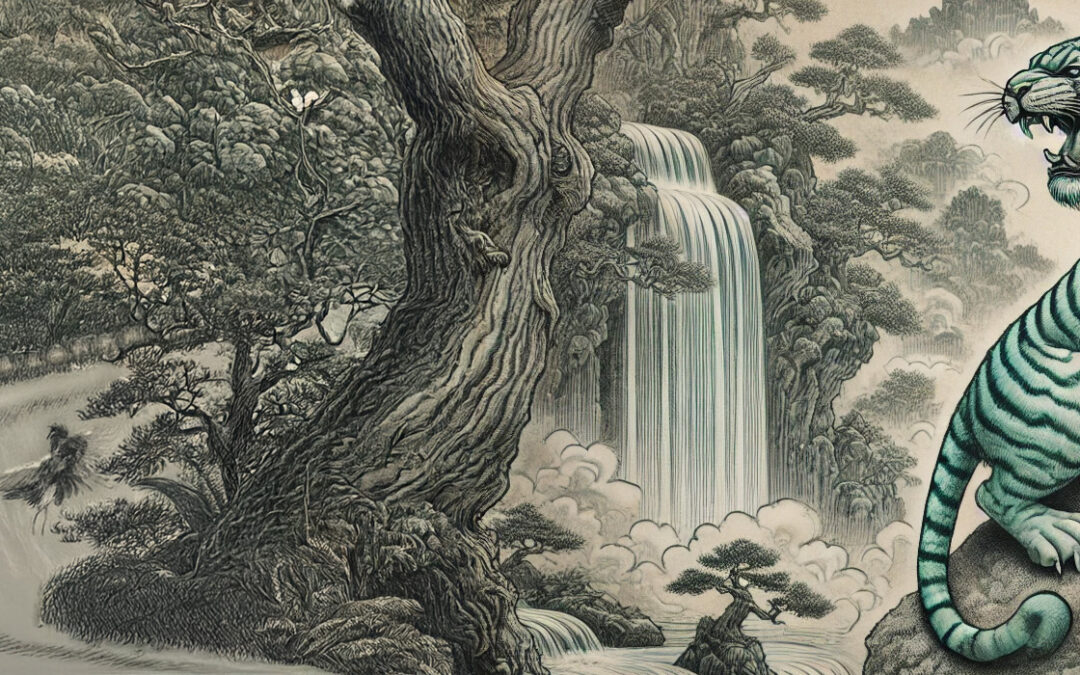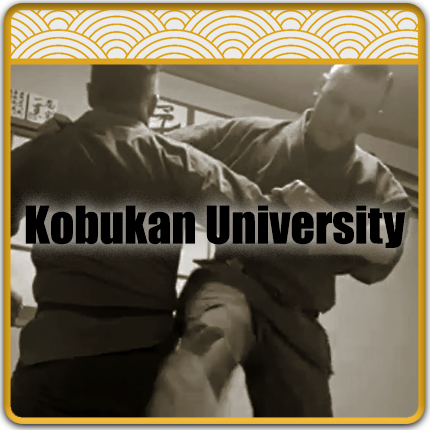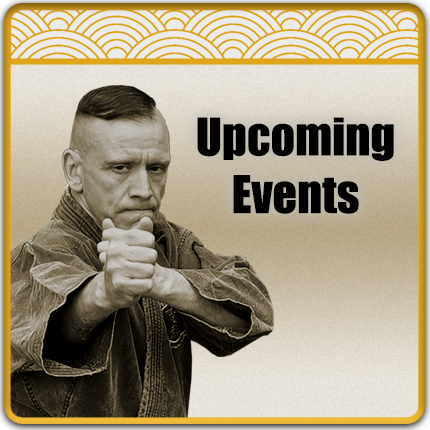In the first technique of Gyokko Ryu Kosshi-jutsu, Joryaku no Maki, called Koku, the kanji reveal profound insights into its essence and application.
The first kanji, 虚 (Kyo or Ko), signifies “empty space” or “void,” emphasizing the absence of form or substance. The second kanji, 空 (Ku or Sora), refers to the “sky” as a boundless, infinite empty space. Together, Koku (虚空) conveys the concept of an infinite, formless void—an idea deeply rooted in Buddhist philosophy that highlights the nature of emptiness and potential.
In practice, this technique embodies the principle of creating and utilizing an empty space. By skillfully moving out of the opponent’s path, you cause their attack to strike into the “void” you’ve created, leaving them unbalanced and exposed to a counterattack. This seamless use of spatial awareness is central to the philosophy and execution of Koku.
About Gyokko Ryu Kosshijutsu
Gyokko Ryu Kosshijutsu (玉虎流骨指術) is a classical Japanese martial art rooted in kosshijutsu—techniques that target the muscles and soft tissues. Known for its precise body movements (taisabaki) and adaptability, Gyokko Ryu emphasizes controlling space and exploiting an opponent’s weaknesses. The system is divided into levels: Joryaku no Maki, Churyaku no Maki, and Geryaku no Maki, each building upon fundamental principles and progressively advancing in strategy and complexity.
The system is divided into three levels:
- Joryaku no Maki: Foundational techniques.
- Churyaku no Maki: Intermediate strategies.
- Geryaku no Maki: Advanced methods
Gyokko Ryu embodies timeless principles like Banpen Fugyo (“10,000 changes, no surprises”), blending physical techniques with profound philosophical depth.




